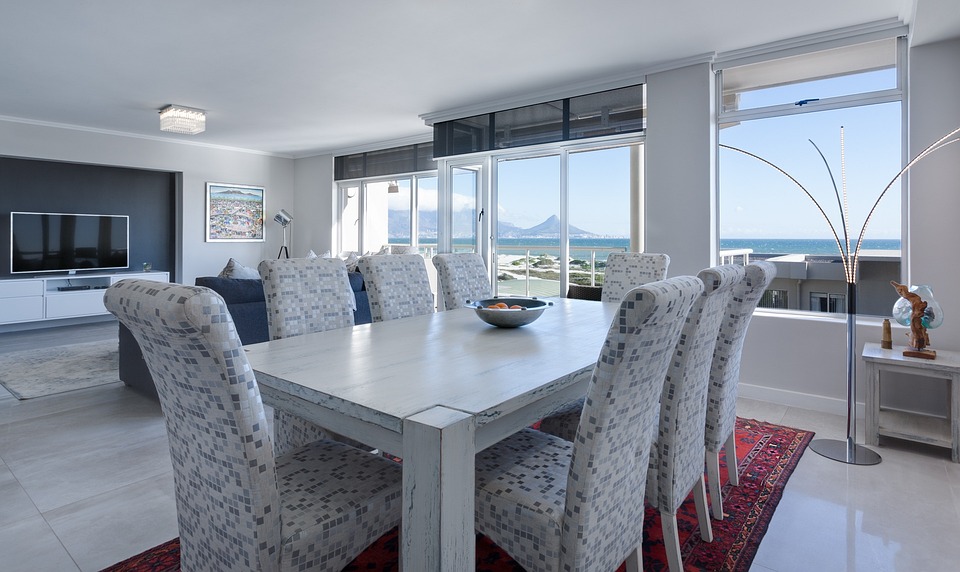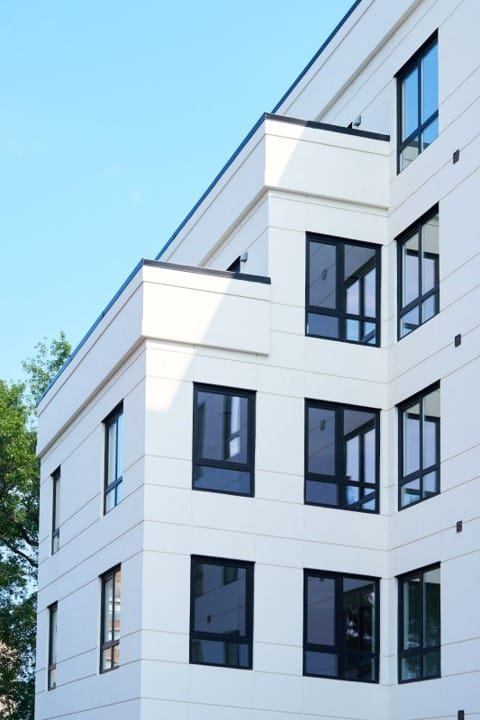Solar Heat Gain Coefficient, or SHGC for short, is an important measurement when it comes to windows. As developers, architects, and anyone involved in professional window, it is crucial to understand what it is, and how it affects the kind of windows installed.
This article will take a deep dive into SHGC, its effects, and implication on window selection.
What Is Solar Heat Gain Coefficient?
Essentially, Solar Heat Gain Coefficient is a measure of the amount of heat emitted from solar radiation able to get into a building through either windows or doors.
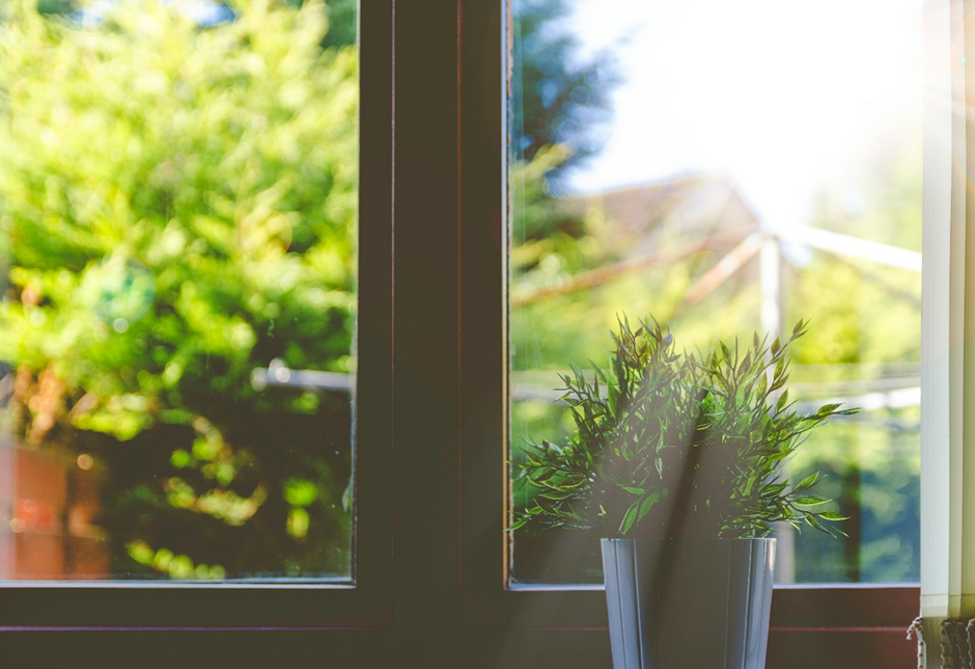
Depending on the amount of heat that enters, there is a measurement ranging from 0 to 1. A SHGC of 0 indicates that no solar heat is able to enter through a surface, where a 1 indicates that all solar heat is able to enter through the glass of a window.
Which Is Optimal: High or Low SHGC Rating?
Generally speaking, the range one would see for SHGC for windows and doors would roughly be from 0.3 to 0.6. Naturally, there will be exceptions, but most cases will fall within an acceptable range from the average.
Whether a developer should be going for a lower or higher SHGC rating depends on several factors, the key ones being location and climate.
Location and Climate
Northern regions are much colder. In this case, a developer would want a higher SHGC (closer to 1) so that more solar energy enters the building and acts as a natural heater.
On the other hand, climates in the southern areas of the US are a lot hotter, benefiting from a lower SHGC so the windows repel more heat away from the interiors. In this case, an SHGC that is lower (closer to 0) helps make the insides of the building naturally cooler.
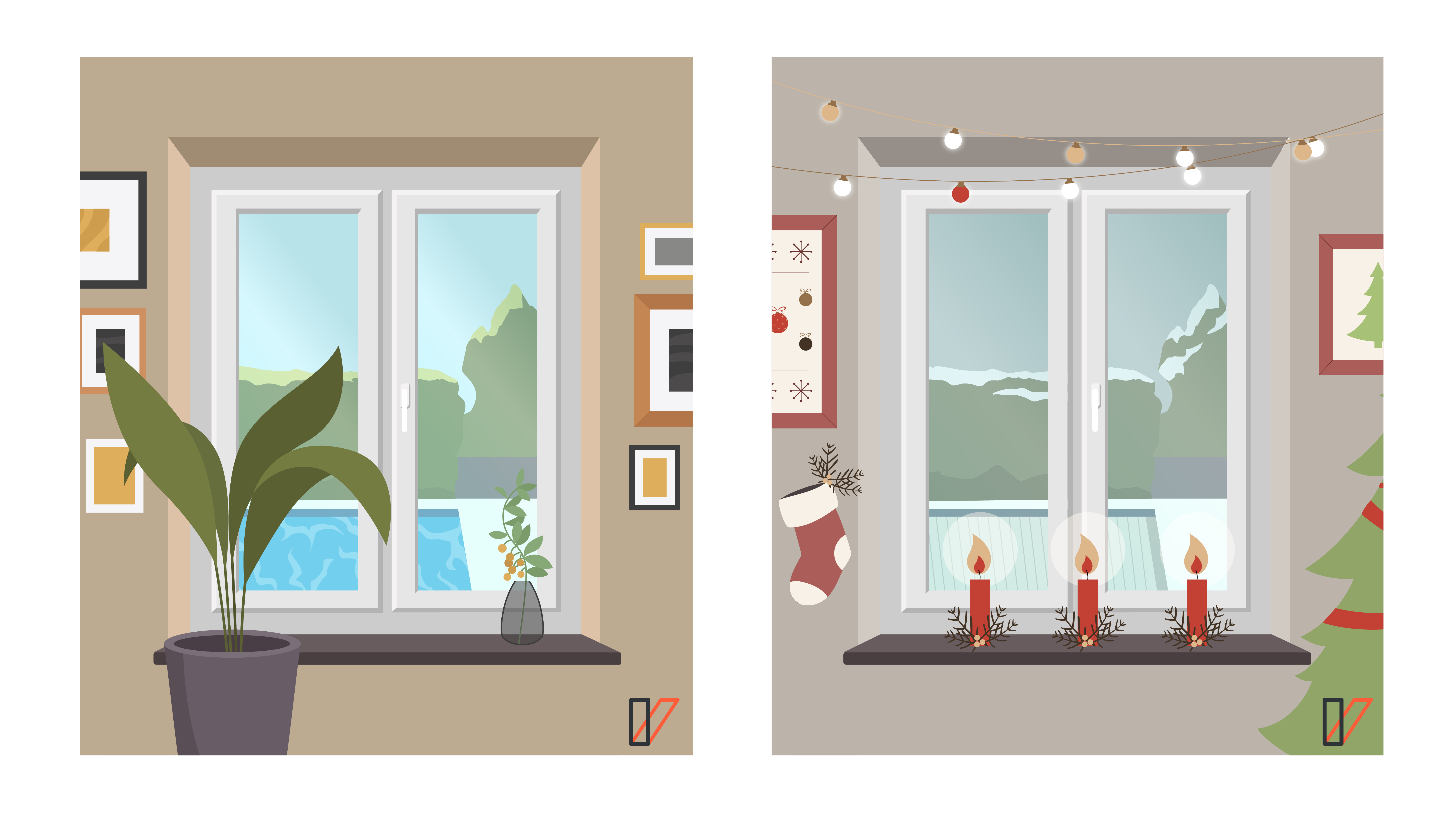
Regardless, the main goal of getting windows the appropriate SHGC rating based on climate is crucial as it plays a huge role in energy efficiency. The more suitable the windows, the more effective both heating or air conditioning are, and plus, the living space becomes a whole lot more comfortable.
In conclusion, a good SHGC rating depends on specific goals and the climate.
Low-E and the relationship with SHGC
Generally speaking, it is easier to make windows that are of higher SHGC, since a standard clear glass lets in a lot of sunlight and serves as a natural heater.
It’s the lower SHGC that is of a bigger task. More effort is required to repel solar radiation and that’s where a little bit of extra assistance is required, such as the use of Low-E.
Low-E, or otherwise also known as low-emissivity, is a coating applied to glass surfaces. They block out solar radiation so that less solar heat is able to pass through the glass pane.
However, unlike tinted glass, Low-E coatings are designed to only minimize the amount of infrared and ultraviolet radiation to pass through the glass, but still allow visible light to pass through. This way, natural lighting (without the solar heat gain that typically comes along with it) is achieved.
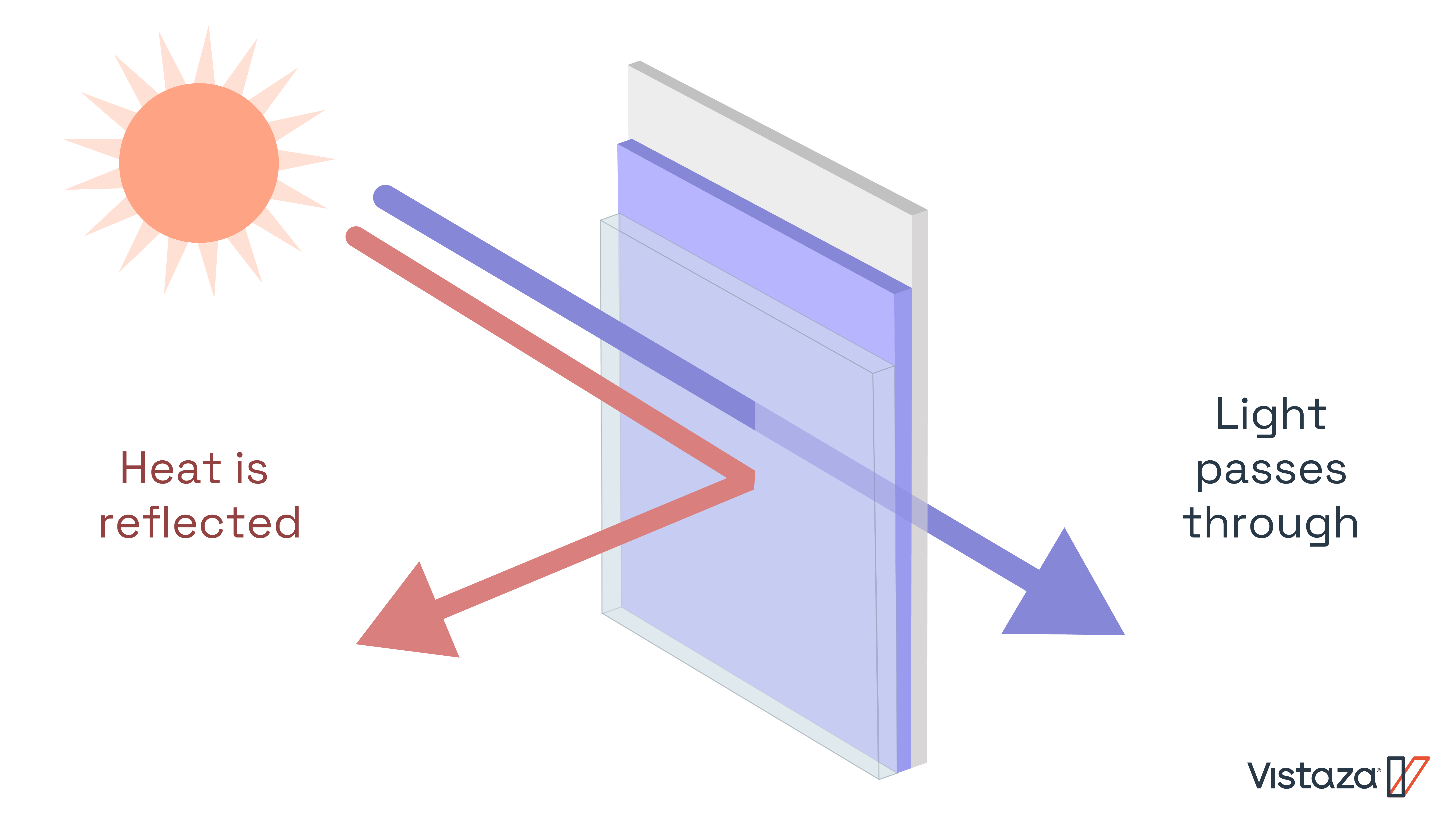
Low-E plays a vital role with SHGC, and depending on the various goals one would need to have both Low-E and SHGC for the windows. For instance, a place with constant cold climate wouldn’t need Low-E, and would want to have a higher SHGC rating. When it comes to tropical locations, where it is warm all year round, developers would want glass with a low SHGC rating along with Low-E applied to them, to greatly reduce the amount of solar heat that enters.
But what if both are needed? Many US states fall into the category of having seasonal climate, and thus have to deal with a range of both hot and cold. Low-E coating on glass with a moderate SHGC rating would then be the ideal solution, as some warmth is needed in the winter, but not to turn the place into a stove oven during the summer. Mixing and matching to see what works in a specific region is crucial.
The Role of the National Fenestration Rating Council
The National Fenestration Rating Council (NFRC) isThe NFRC is an independent nonprofit organization that establishes objective window energy performance ratings to help developers and homeowners compare fenestration options and make informed decisions.
Key roles include energy performance ratings, product certification, labeling and educating the masses concerning the importance of energy efficiency. While they may be a distant thing, they will be recognized through this unmistakable sticker.
It displays information about the product, such as the manufacturer and product model, but also the SHGC rating of materials, along with other neat information.
Examples of information are as such:
-
U-Factor:The rate of heat loss/gain through a window.
-
Visible Transmittance (VT): The amount of visible light that can pass through a window.
-
Air leakage: The amount of air that escapes through the gaps of windows.
This helpful sticker can be found on any window products that are under consideration. Choosing based on the information given will be of great assistance during selection.
How Vistaza Can Help
So, with all that being said and done, what can Vistaza do for you? Vistaza offers a wide range of windows that are of great quality. More importantly, our windows adhere to the legal compliances as mandated by local regulations. We meet the NAFS SHGC requirements, and furthermore, Vistaza windows can achieve an SHGC rating as low as 0.11.
Seeking extra information? Have inquiries? We also provide consultation, so that you can figure out what’s the best for your project. Feel free to start a conversation with our consultants, and start working with us.

